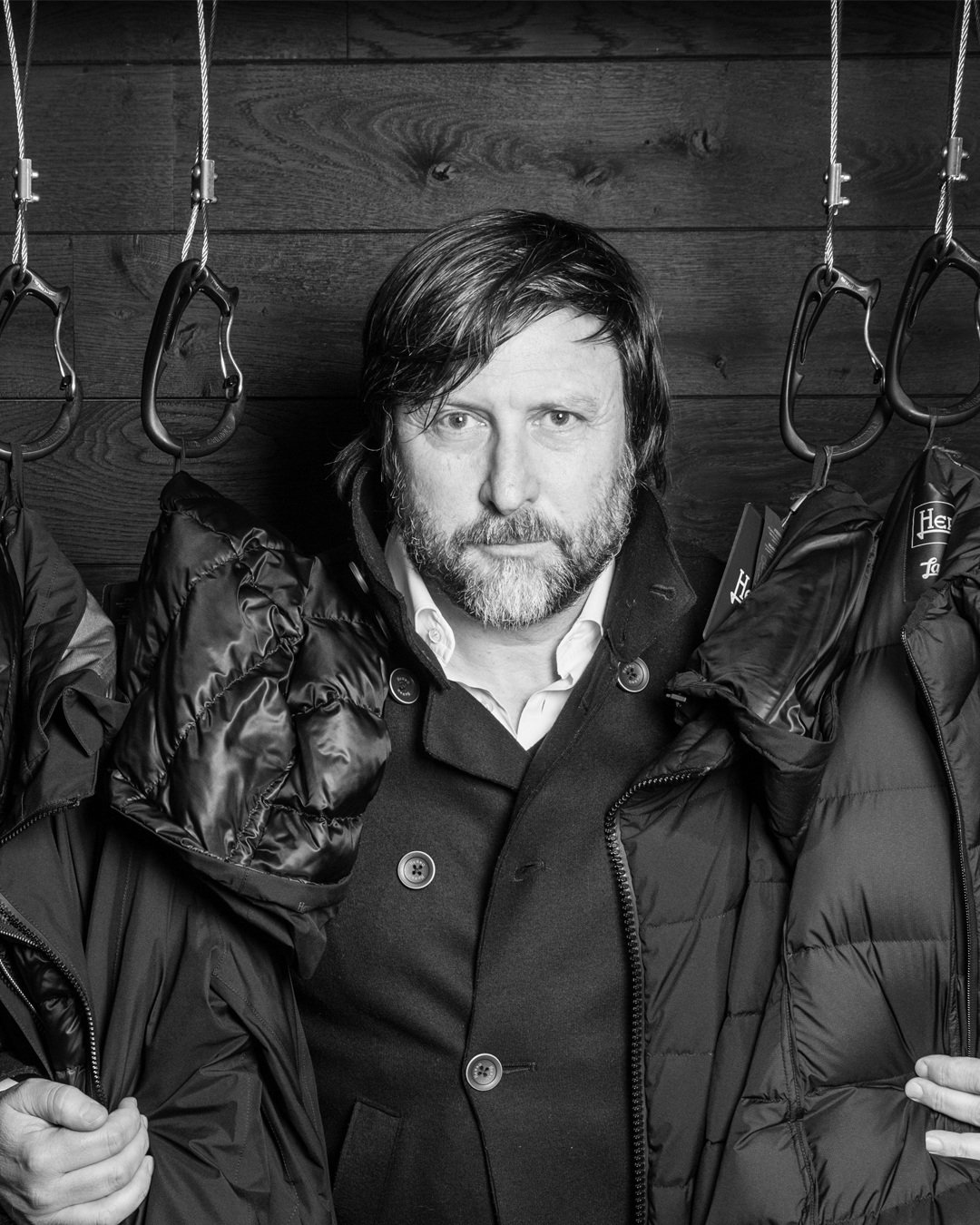
Claudio Marenzi is in constant motion. He spends three days a week on the shores of Italy’s Lago Maggiore, at Herno’s headquarters in Lesa, before traveling the 300 kilometers east to Zanè. The town in the foothills of the Alps is where his other company, activewear brand Montura, is based. “Always moving,” he says over Zoom of his weekly forays across his home country. He’s sitting in the Herno offices, an arsenal of luggage visible in the background. “My wardrobe is here. I live more in my offices than in my actual house.”
In 2007, Marenzi stepped into the role of CEO at Herno—the raincoat brand founded by his grandfather, Giuseppe Marenzi, in 1948. Together with his wife, Alessandra Diana, Giuseppe began crafting the high-performance cotton raincoats, soaked in castor oil salvaged from abandoned World War II planes, that would become the brand’s calling card among the well-heeled of Europe. The company shifted its focus in the '80s, manufacturing garments for brands like Prada, Gucci, Jil Sander, and Louis Vuitton. “We lost ourselves a little bit in that period,” muses the younger Marenzi. “The goal afterwards was to find it again.”
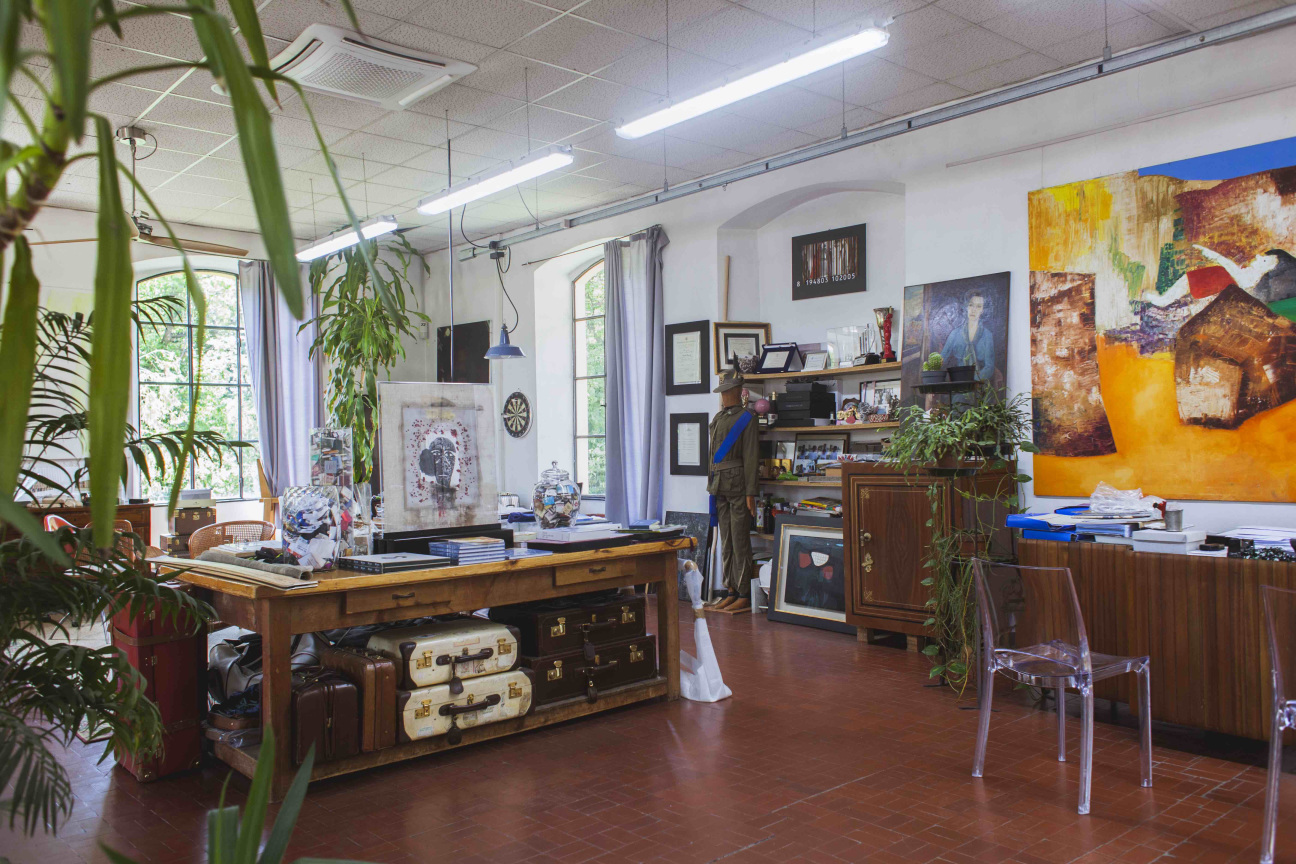
For the 61-year-old, who now serves as president, that meant returning to the company’s twin roots of innovation and tradition—prioritizing sustainable materials while making inroads into new product lines. In 2021, under Marenzi’s leadership, Herno acquired Montura. In its resourcefulness and dynamic approach to weather proofing, the alpinist outfitter embodies a modern interpretation of the Herno ethos.
In a family company, lines can blur. A product launch is a form of childbirth, a company acquisition is a marriage, and the workplace is like a second home. Indeed, Marenzi keeps more than his wardrobe in his offices. Much of his art collection—which includes works by notable female artists such as Pae White, Suzanne Jackson, and Candice Breitz—ultimately makes its way onto the walls of Herno’s open-format headquarters.
He is especially proud of an Andrea Bowers cardboard collage, emblazoned with the words, “SISTERS BE STRONG,” that hangs in the space. “Here in this company, we are more than 80 percent women,” he says. “I like to give a message to all our workers to be strong. It’s nice to have these conversations that transcend business.”
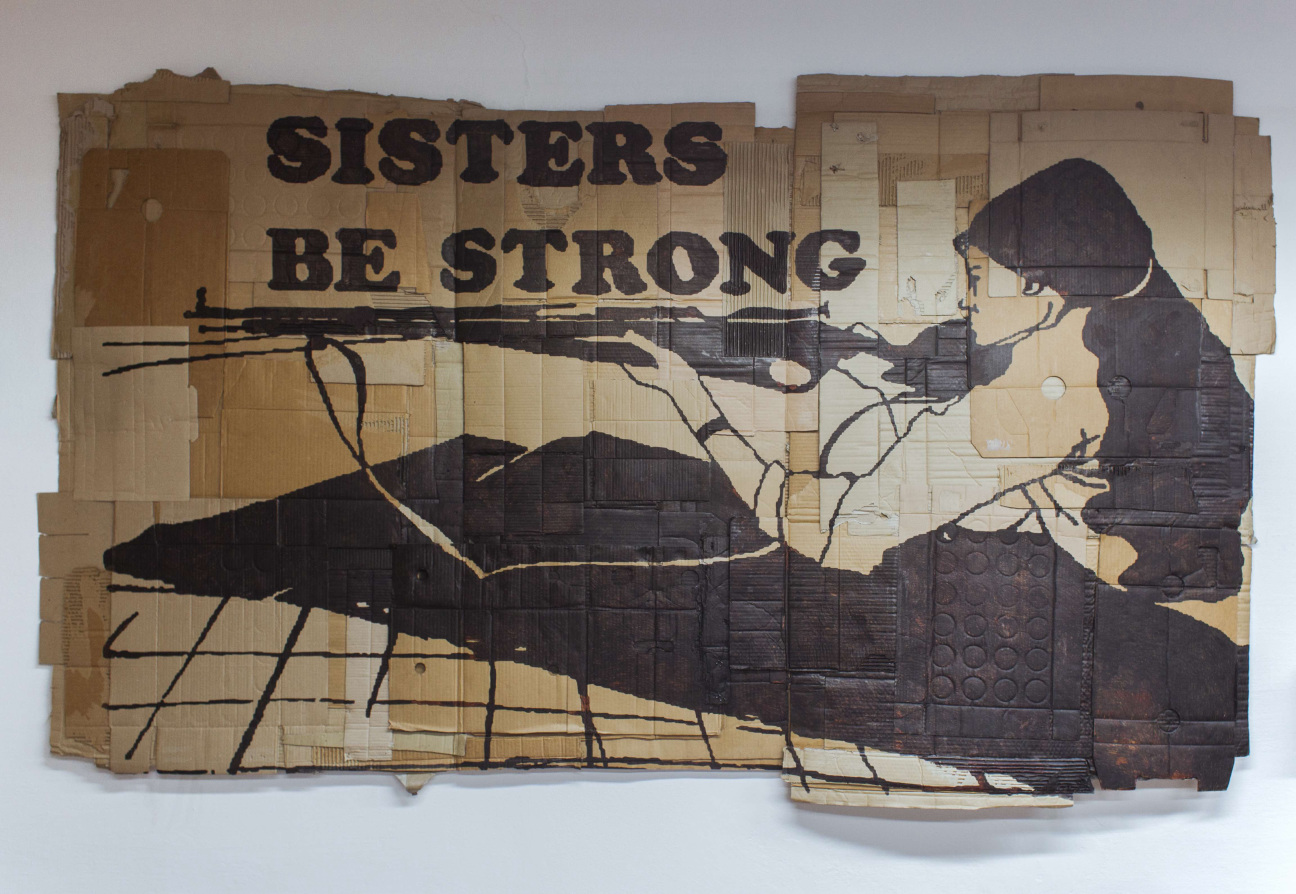
Art was always a calling for Marenzi, who bought his first painting from a local artist at 15, using wages from a summer spent in the family’s factory. As his collection blossomed in his early 20s, he dedicated himself to hosting exhibitions for emerging Italian artists. Then, the family business came calling. “Work took over, but art is still deeply related to what I do,” he says. “Artists are sensible enough to catch on to the needs and desires of society before society [does]. That’s also important when you are [in] fashion.”
Marenzi also sees building an art collection as an apt metaphor for growing a company. “When I look at my collection, it’s coherent. Herno started with one functional, artful item,” he says of the brand’s raincoats. “When you are guided by purpose and innovation, any new addition will feel sensible.”
With the acquisition of Montura still in its fledgling stage, Marenzi has his hands full merging the new company’s production infrastructure with Herno’s own—a process he describes as “an art, too.” Through it all, he asserts, “Art is always at the heart. It has helped me—and the company—to achieve what we have today.”

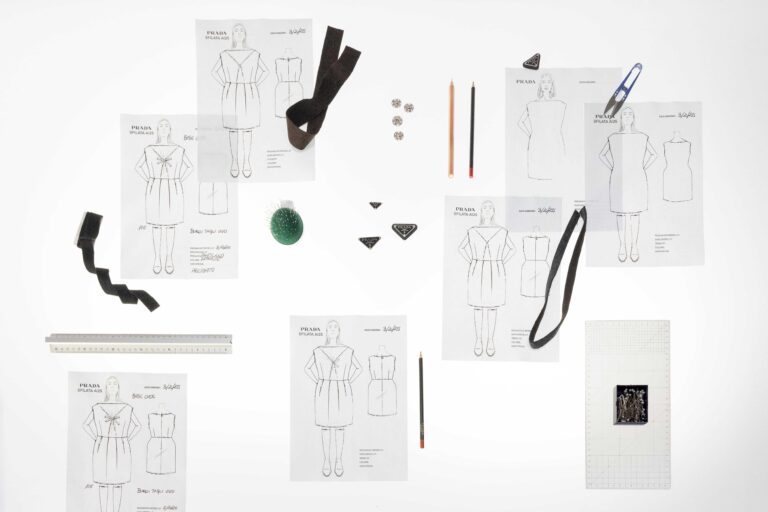

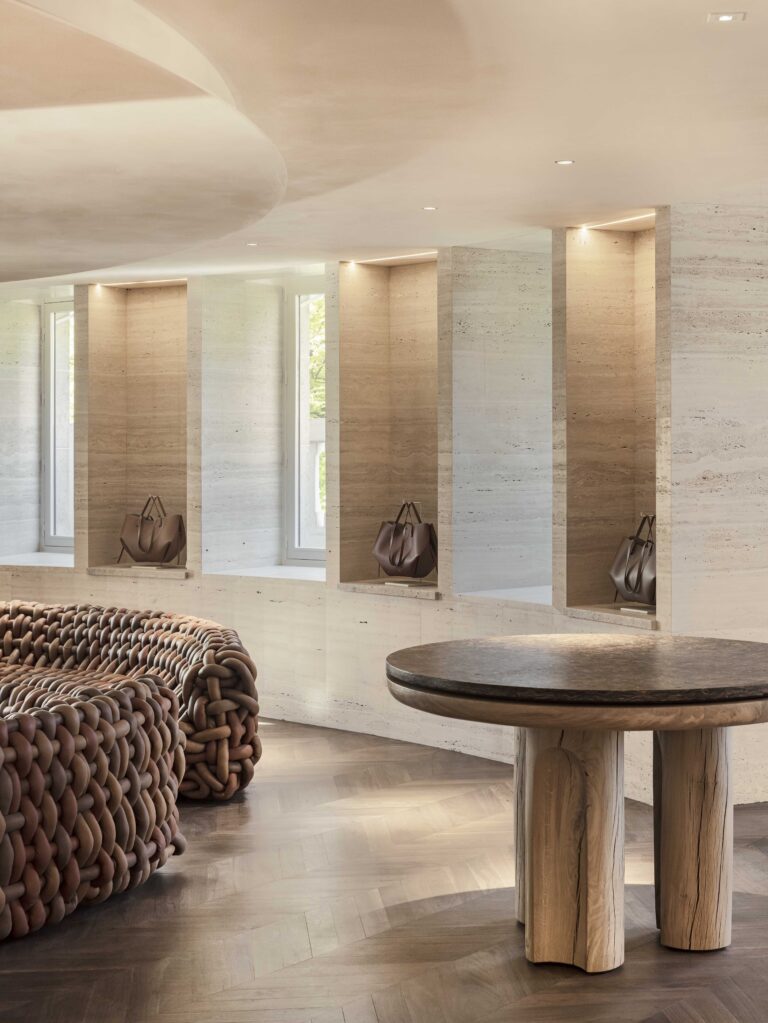
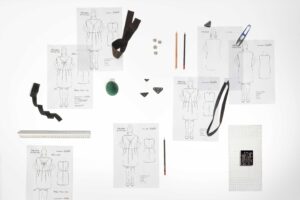





 in your life?
in your life?

